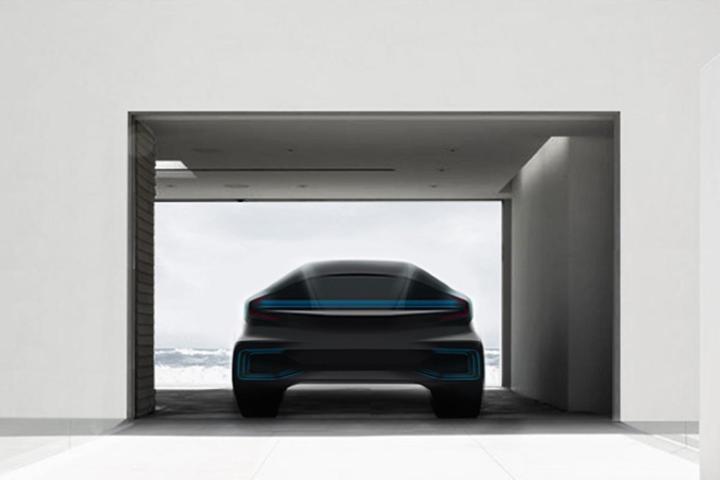
The company–which apparently likes to be called FF–occupies the former Nissan research and design building in Gardena, has 200 employees, and is currently hiring 10 more every week, according to Motor Trend. It expects to have 300 employees by 2016.
FF’s goal of putting an electric car on sale by 2017 seems pretty bold. The company hasn’t even secured a factory yet, and history is littered with examples of upstart carmakers that bit off more than they could chew in the highly complex car business.
Still, FF appears to have assembled a pretty good team of designers and engineers. The list includes employees who worked on BMW’s “i” electric-car program, the Chevrolet Volt program, at Tesla, as well as at Elon Musk’s SpaceX.
The rough outline for the production car FF has disclosed looks pretty impressive too. It will have 15 percent greater specific energy than a Tesla Model S with an 85-kilowatt-hour battery pack, which works out to a battery pack size of 98 kWh. The Model S can go up to 270 miles on a charge, so the FF car may be able to do even better.
The battery pack will be divided into many individual cells like a Tesla’s, but will be designed so that individual cells or groups of cells can be replaced. On current electric cars, failure of a group of cells typically means the entire pack has to be replaced, which is an expensive proposition.
FF is also aiming to achieve greater energy density than any previous electric car. That means a car’s battery pack will be able to store more electricity in a given volume, suggesting pack size won’t have to grow in lockstep with range.
All of this sounds pretty good, but considering that all FF has to show so far is a shadowy rendering, it may be too early to write a deposit check.
FF will likely face a few hurdles in its quest to put its electric car on sale, and not just because its name is easily confused with a certain Ferrari. Building a new car from scratch is difficult and money-intensive; even established players try to rely on existing components as much as possible.
Tesla has shown that it is possible for a startup to make a great new car, but it’s the exception, not the rule. FF could turn out to be the next Tesla, but it could also be the next Coda or Fisker.




